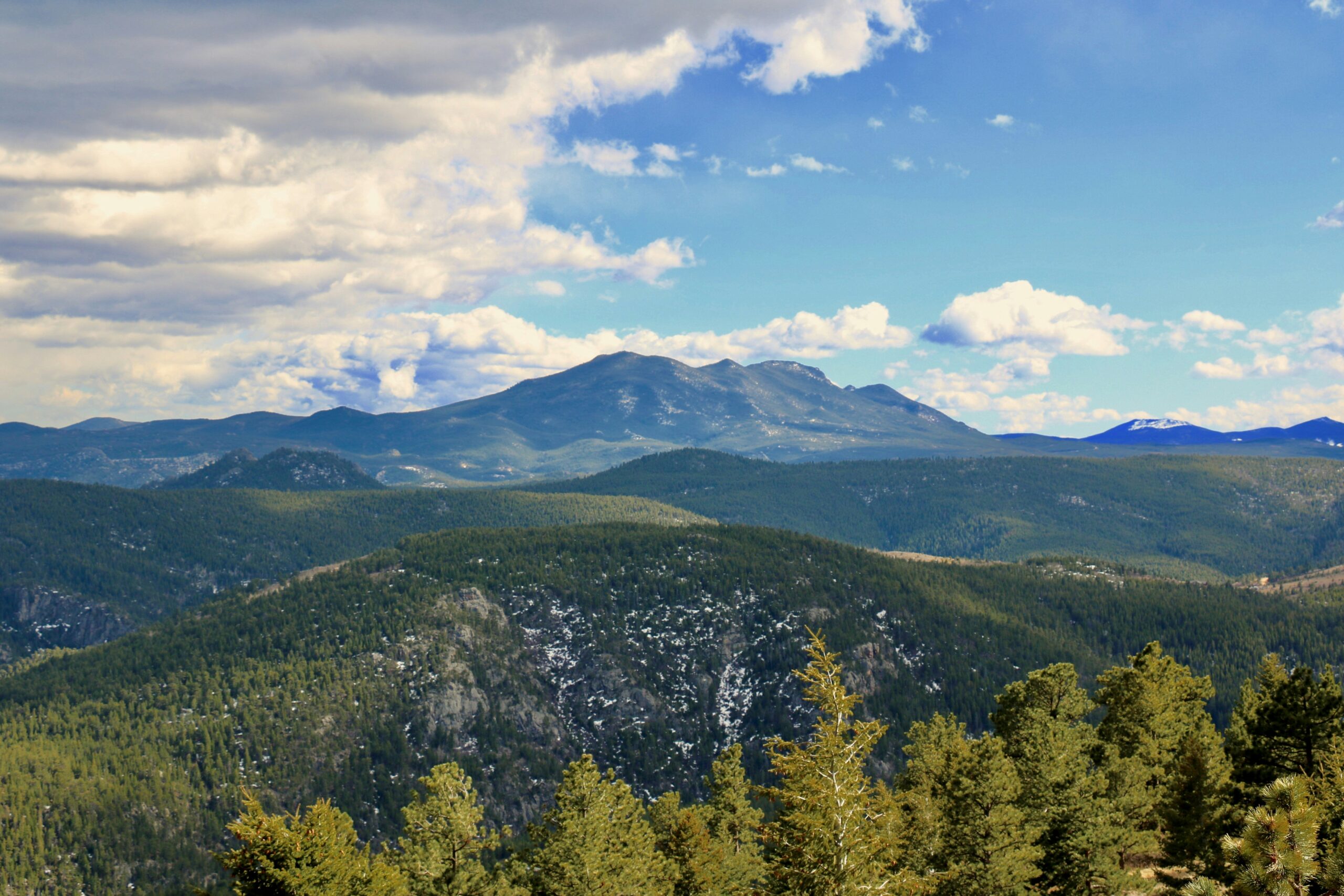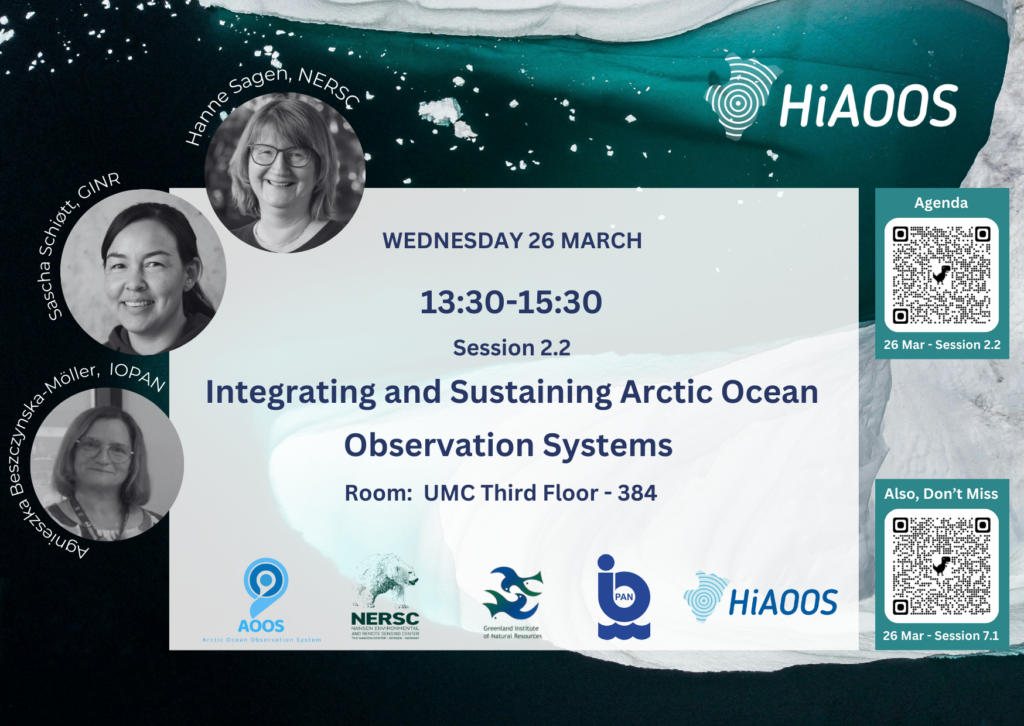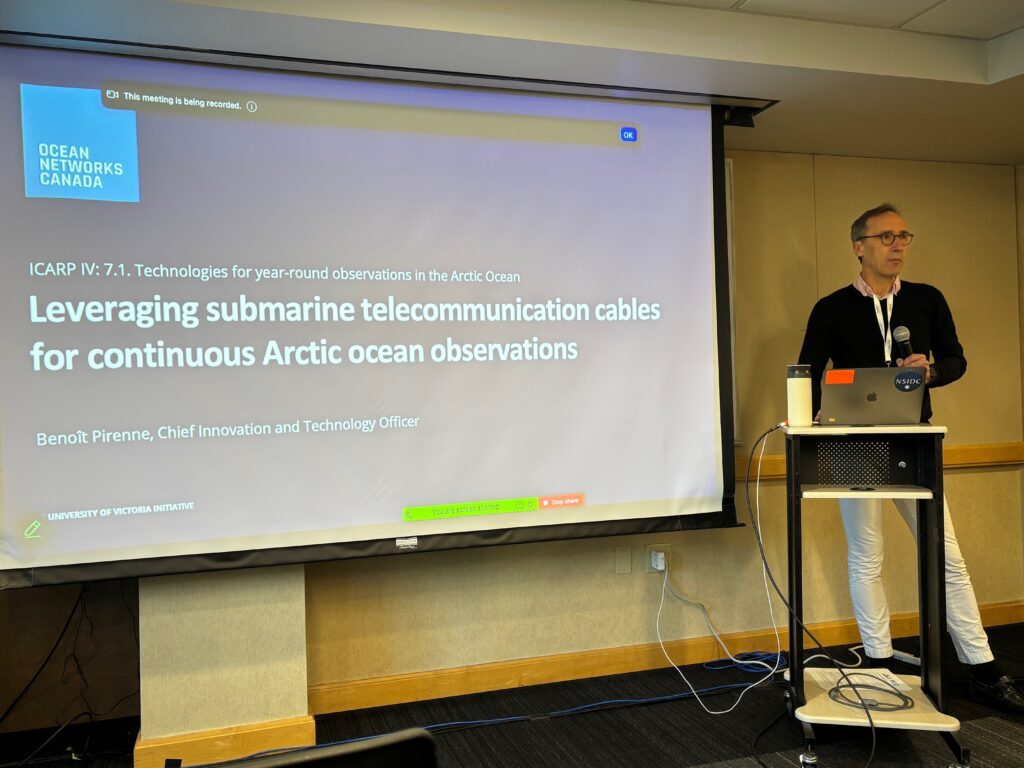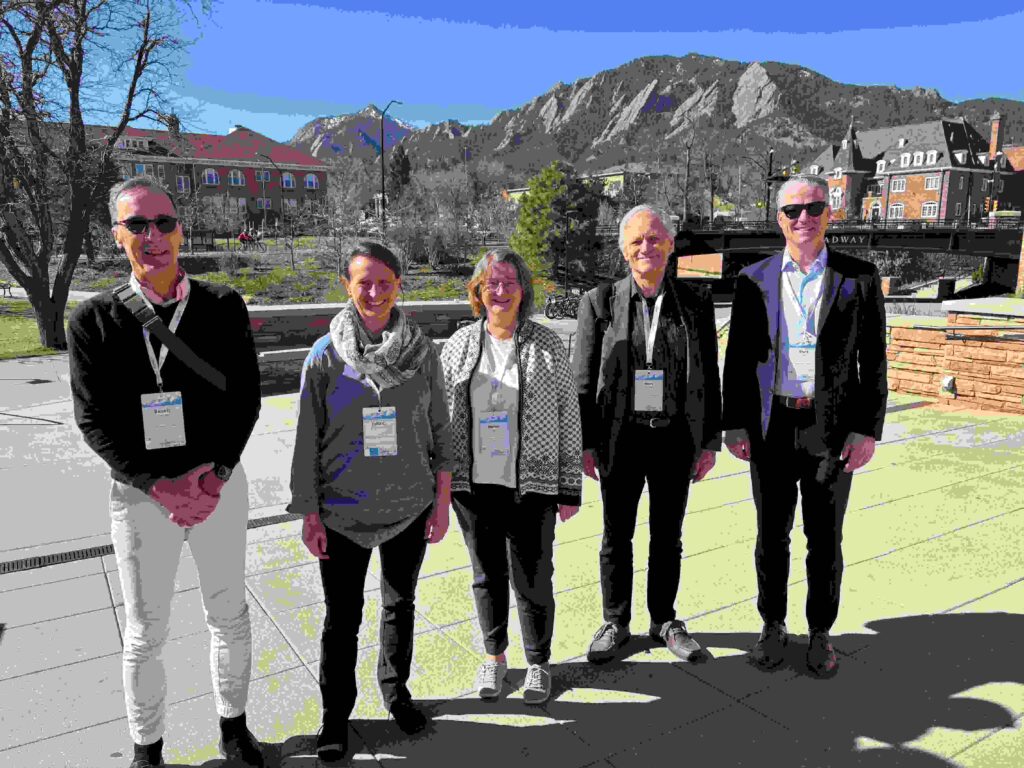HiAOOS at Arctic Science Summit Week 2025

Everyone was in Boulder, Colorado, USA (20–28 March 2025) for the 2025 Arctic Science Summit Week (ASSW). ASSW 2025 included Business and Community Meeting Days (20–24 March 2025) as well as the Fourth International Conference on Arctic Research Planning (ICARP IV) Summit during 25–28 March, with the theme “Arctic Research Planning for the Next Decade”.
HiAOOS was part of three sessions during the week as well as contributing to the EU Polar Cluster informative booth and the Polar Connect booth:
Our main contribution was as co-organisers of the following session, with several HiAOOS contributions:
26 March 2025 | 13:30 – 15:30 (MDT) – 2.2. Integrating and Sustaining Arctic Ocean Observation Systems. (download the flyer)
Organisers: Hanne Sagen (Nansen Environmental and Remote Sensing Center); Agnieszka Beszczynska-Möller (Institute of Oceanology PAS); Sascha Schiøtt (Greenland Institute of Natural Resources).
Description: Today there is severe lack of in situ observations of the oceans in the Arctic and Antarctic, and thereby we have limited knowledge about the physical, biogeochemical, and ecological processes and trends. In situ observations are needed for improving ocean-sea ice models and analysis used in ocean climate, monitoring and forecasting services. These services will be increasingly important as ship traffic, tourism and other marine/maritime industries develop in polar regions.
A large amount of observations is collected by scientists and engineers during field campaigns with ice-going vessels and aircraft using a wide range of instruments. During such experiments, instruments are operated under human supervision, which reduces the risk of failure and potential loss of data. To sustain a long-term and year-round observational infrastructure in the Arctic, robust observational platforms equipped with autonomous sensors are required to collect high-quality data at the sea floor, in the ocean column, sea ice, and atmosphere.
The session will invite presentations on operation and integration of observing systems in polar regions, focusing on ice-based observatories with subsurface instruments, floats drifting under the ice, bottom-anchored ocean moorings, seafloor observatories, AUVs, ROVs and cabled-based systems. The session will explore the use of in situ observations in new research related to sea ice, physical oceanography, marine ecosystems, and geohazards and using innovative digital methods for integrative analysis. Synergies between subsea industry and research communities to improve the observing systems will be discussed and plans for IPY 2033-34 will be outlined. The session will address environmental impact and ethical aspects of research in the Arctic.
HiAOOS Contributions:
Oral Presentation: Sustaining Arctic Atmospheric Observations – or – How to sustain what is not there to begin with? — Michael Tjernström.
Oral Presentation: Environmental Impacts of High Arctic Ocean Observation Systems – Changing Arctic, Changing Assessments? — Philippe Blondel.
Implementing OneArgo: Contributing to the Arctic observing system with profiling Argo Floats — Agnieszka Beszczynska-Möller.
Oral Presentation: Large scale Multipurpose Ocean Observation System installed in the Central Arctic — Hanne Sagen.
Poster: Methods and tools for analysis and visualisation of oceanographic and acoustic measurements from the HiAOOS mooring network in the Arctic Ocean — Agnieszka Beszczynska-Möller.

HiAOOS also contributed to the following session:
26 March 2025 | 08:30 – 10:00 (MDT) – 7.1 Technologies for year-round observations in the Arctic Ocean.
Organisers: Julia Muchowski (Swedish Polar Research Secretariat); Benoît Pirenne (Ocean Networks Canada).
Description: As we are approaching the next International Polar Year, we are witnessing the advent of year-round data collection systems monitoring the seasonally sea-ice-covered Arctic Ocean. Today, large, multi-season moorings collect data in the entire water column at certain locations (e.g, HiAOOS). In the near future, a number of submarine fibre telecommunication cables equipped with a variety of sensing capabilities will traverse the Arctic Ocean. Such cables will open up new opportunities for continuous, high-temporal resolution data collection along their path and report important variables for climate studies, oceanography, seismology, biology, security and public safety. Currently three cable systems are being planned: Polar Connect across the central Arctic Ocean, Far North Fibre, and Tusass Connect Vision).
This session will highlight year-round Arctic Ocean data collection technologies, explain their applicability, benefits and costs and give our audience a picture of what we can hope to achieve by the coming International Polar Year. We invite contributions that present new technologies that are either already deployed, in the demonstration phase, or in the planning stage. The submissions should also highlight the benefits these technologies will bring to science and to Arctic communities, including fact-based decision support.
HiAOOS Contribution:
Oral Presentation: Subsea industry engagement in Arctic Ocean observing technology — Hanne Sagen.
Finally, HiAOOS partner, Arild Sundfjord, NPI, contributed as an organiser to:
23 March 2025 | 08:30 – 18:00 (MDT) – Joint Community Meeting for the pan-Arctic network of Distributed Biological Observatories (DBOs).
Organisers: Pacific Arctic DBO: Jacqueline Grebmeier (UMCES); Siberian DBO: Igor Polyakov and Laura Whitmore (IARC/UAF), Eun Jin Yang (KOPRI); Atlantic Arctic DBO: Arild Sundfjord, Marit Reigstad and Anna Nikolopoulos* (NPI); Baffin Bay/Davis Strait DBO: Craig Lee (APL/UW), Kumiko Azetsu-Scott (DFO).




* Cover Photo by Peter Jackson on Unsplash